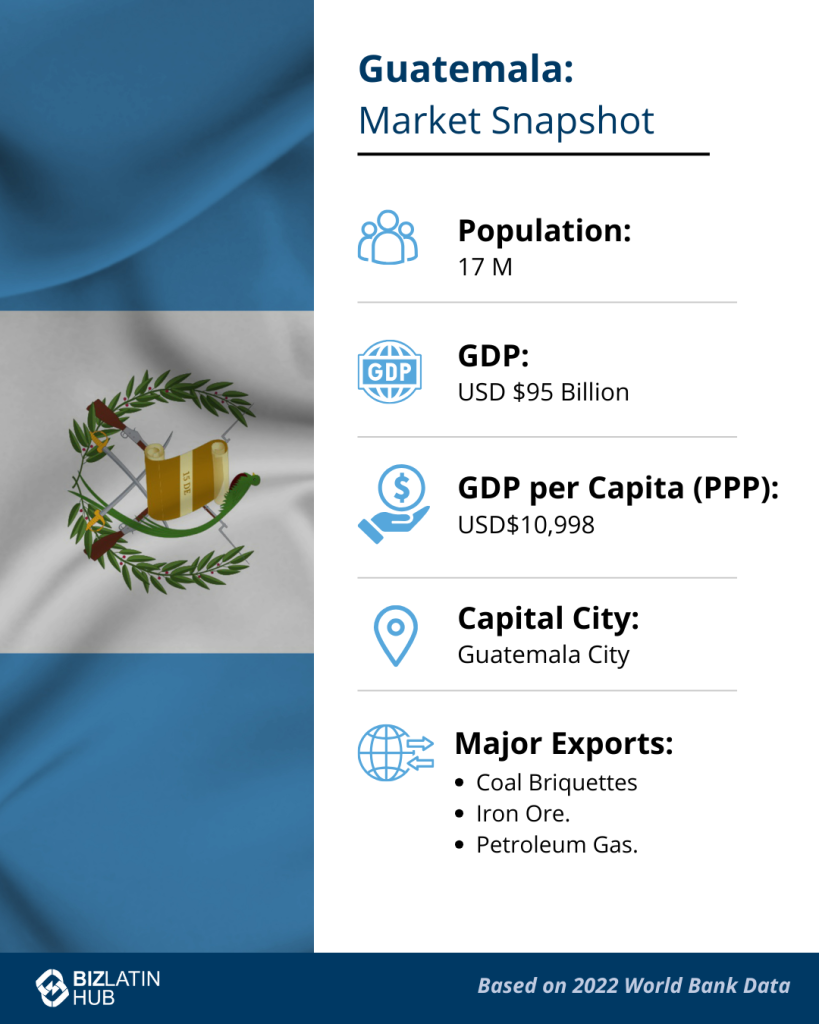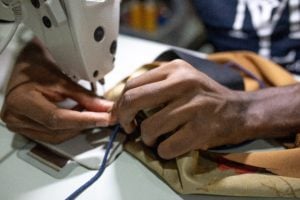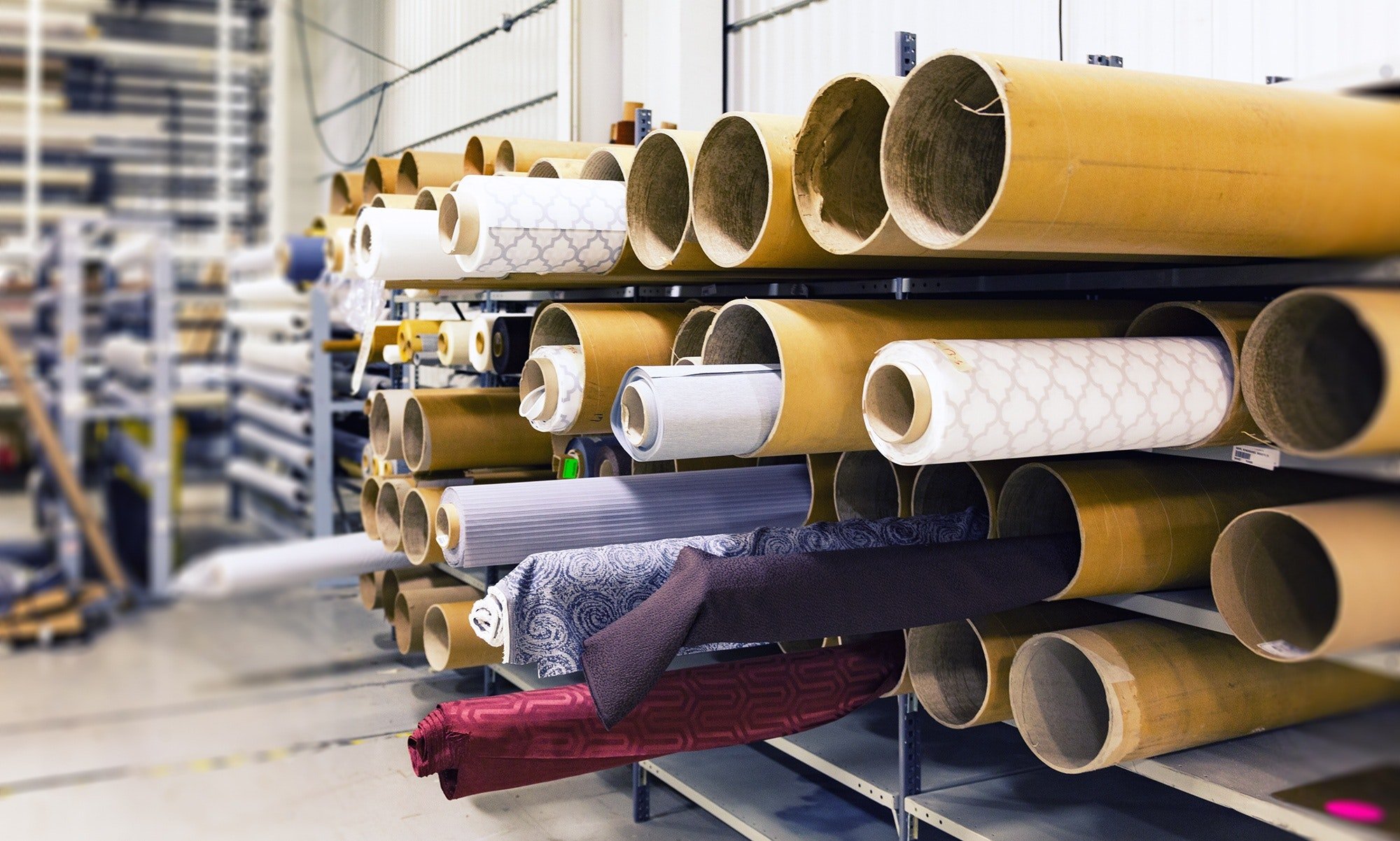Expanding companies should take note of strong possibilities for technology and innovation in the textile industry. The Guatemala textile industry is responsible for transforming raw materials into a finished product, and is a crucial element of supply chains worldwide. The country profits from membership of Central American Free Trade Agreements and could also benefit from the trade dispute between China and the USA.
Many manufacturers are looking to move their production to more profitable locations. The demand for more sustainable production processes rises, and supply shortages from Asia and other parts of the world place the Guatemala textile industry in an advantageous position.
Now technology and innovation could help boost businesses in the Guatemala textile industry to increase productivity. What does the future look like for the country?
4 key facts on the Guatemala textile industry
Did you know:
- There are about 169 apparel factories in Guatemala, most of them Korean-owned?
- 90% of production is exported to the US?
- Most popular items of productions are cotton and synthetic knit tops, cotton woven and knit cotton trousers, pants, and shorts?
- Exports of textile companies reported an average annual growth of 2% between 2010 and 2019?
New technology to lower cost and increase productivity
In order to strengthen Guatemala’s competitiveness, the industry relies on the use of software and systems to improve operations. Automation of processes is one way to lower costs and increase productivity. The necessary capital and technology could come from Korea. In 2019, Sae-A Trading announced its plans to invest into a US$400 million high-tech industrial complex in Guatemala for the production of chemical fibre, and weaving and dyeing of polyester yarn. It will be the first and only Korean supplier that sews, knits and dyes within one location. This way, Sae-A Trading takes advantage of a close location to the USA.
It’s a win-win situation for both countries. Guatemala will gain between 1,500 to 2,000 direct jobs. By moving a large part of the production process to Guatemala, Korea can benefit from the Central American Free Trade Agreement and save on taxes when importing to the US. Moreover, Korean companies also bring 3D designs to Guatemala, which enable companies to realize personal requests, an additional stream of revenue for textile companies in Guatemala.
Guatemala needs to step up its productivity to compete with other countries in Central America in the textile industry. the country now offers opportunities for textile businesses looking to bring cheap, efficient production processes into the country. Now there is the opportunity to get ahead of the early adopters who will profit from the trade conflict between the US and China. Many manufacturers arecurrently looking to move production from China to Central America.
Guatemala’s wages are competitive
The clothing and textile industry contributes to 8.9% of its GDP. Guatemala’s wages for employees are comparably competitive against other more developed markets. Although wages in the industry in Guatemala is up to 57% more expensive than in countries like El Salvador or Nicaragua, overheads such as employment remain relatively low compared to Northern America and other developed regions.
Growing focus on sustainability in the Guatemala textile industry
Dee Dee Harris, sales director of Buhler Quality Yarns Corp, encourages colleagues in her industry to partner up, and start forming friendships instead of rivalries. “We have to look at changing how we do things now. The world is changing around us. It’s time we change with it,” she said. “Our competitors can be our best friends. Instead of saying, ‘We have obstacles,’ we have opportunities.” Technical development can support the reinforcement of businesses.

The textile industry in Guatemala is experiencing a growing demand for eco-friendly supplies. Liztex, one of the largest textile manufacturers in Central America, leads by example. Liztex’s sales executive Karla Meijía explains “we have a machine that you put all the scraps in and it produces the yarn and fabric again. Right now, we’re doing post-industrial cutting and sewing. We have other customers with whom we are negotiating post-consumer options.”
By using different sourcing options, such as re- or upcycling, Liztex can create more production opportunities for the country and the rest of Central America. The Guatemala textile industry can offer high-quality products, which are up to the standards of products coming from Asia at competitive prices.
Industria Textil S.A.’s factory in Guatemala City uses recycled cotton and polyester. The polyester is produced from PET plastic bottles, which comes to circa 10 million pounds of yarn a year.
Sourcing from recycled materials saves carbon-dioxide emissions, reduces water consumption and toxic materials.
Profiting from trade tension between China and the USA
Experts emphasize the importance to expand Guatemala’s capacities now, to profit from ongoing trade tensions between China and the USA. Restrictions on Chinese products keep the prices of Asian garments high and enable the Guatemala textile industry to stay competitive.
This creates opportunities for manufacturers looking for production facilities outside of Asia. Traders can also take advantage of Guatemala’s weaker currency. Interestingly enough, the US will add a 10% tariff on fibre, yarn, and fabric. Finished clothing is excluded from this tariff.
This tension between global trading giants could attract many manufacturers to move production to emerging textile manufacturing hubs like Guatemala. Still, the textile industry in Guatemala needs to blow up the scale, boost speed, and update the equipment to be able to keep up with the competition.
The industry is looking for alternatives to Asia
As a result of COVID-19, textile orders dropped by over 30% globally, according to the International Textile Manufacturers Federation (ITMF). Major US retailers also noticed a drop of imports into the US and numbers are not expected to rise again for a while. This is particularly bad, since previously up to 90% of Guatemalan textiles were exported to the United States.
In 2018, 46% of imported fabrics to Guatemala came from China, and imports are stagnant now. Measures taken by governments to reduce the spread of COVID-19 slowed the supply of raw materials to Latin America, and countries in the region – including Guatemala – are continuing to feel the long-term effects of that.
Still, there is at least light in the darkness for Guatemala as many brands have moved their textile orders from Asia to Central America. There are strong incentives to do just that.

- Proximity to the US: consider travel time you can save when doing business in the region, This could be to assure quality requirements and compliance with human rights. Time difference too is similar to the US.
- Quick shipping: orders from China often take a month to arrive in the USA or EU. Shipping from Latin America takes just 4-5 days.
- China’s growing middle class: with income levels rising in China, it is becoming increasingly difficult to keep labor costs low. Central America offers lower cost alternatives.
Assistance with expanding into the Guatemala textile industry
Expand your business in the textile industry in Guatemala to benefit from low costs of production and emerging technologies. Make sure to engage with a local legal expert to ensure you comply with all Guatemalan corporate and other regulations for business.
At Biz Latin Hub, we can provide you with our professional market entry and back office services. Biz Latin Hub, we are a market leader for supporting businesses from over the world start their business not only in Guatemala but also elsewhere in Central America.
Our team of qualified, multilingual professionals in Latin America provides a suite of customizable market entry and back office services to support your expansion. Contact us now, visit our website at bizlatinhub.com for more information and become part of the Central American business scene.
Learn more about our team and expert authors.





